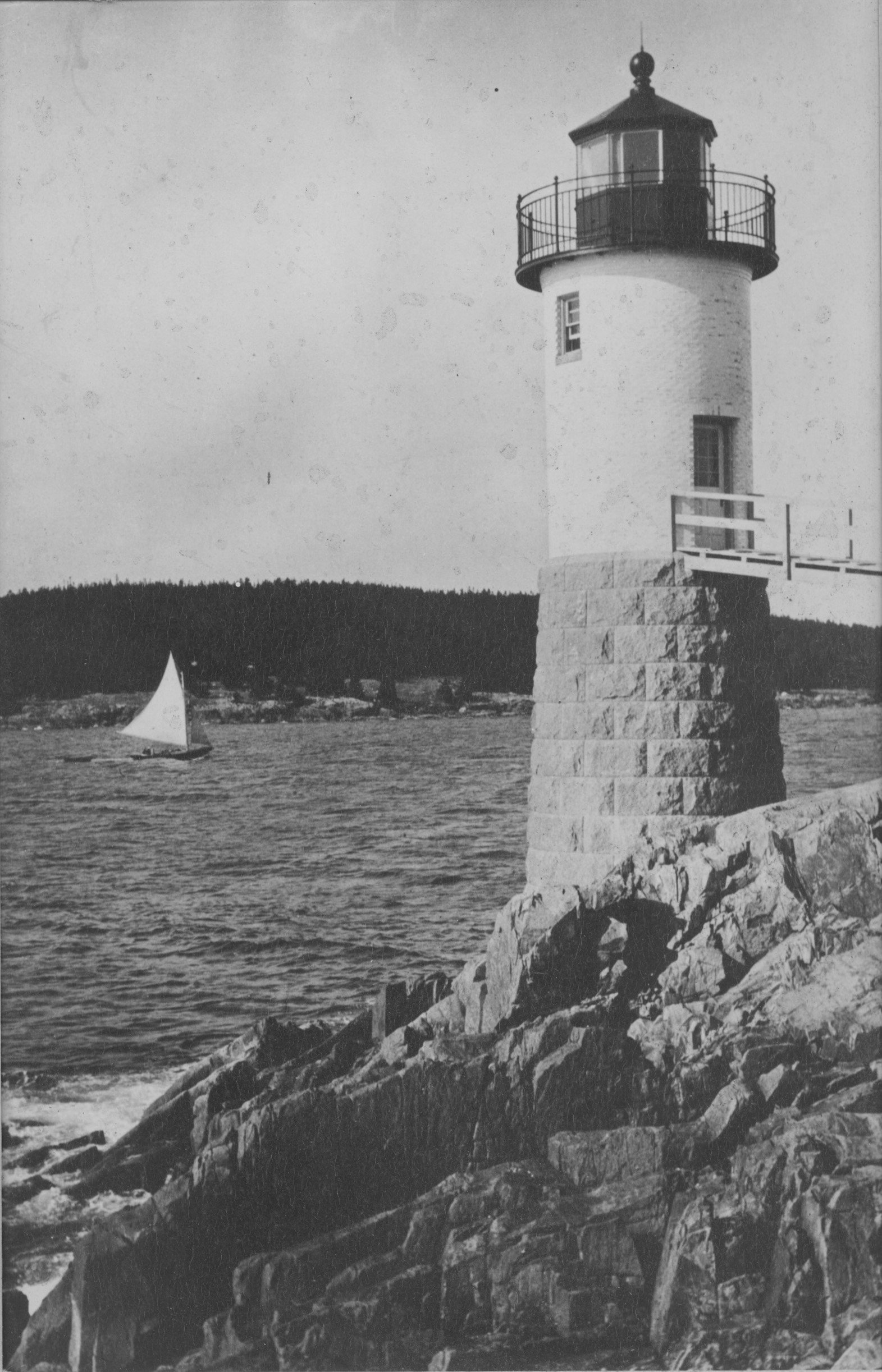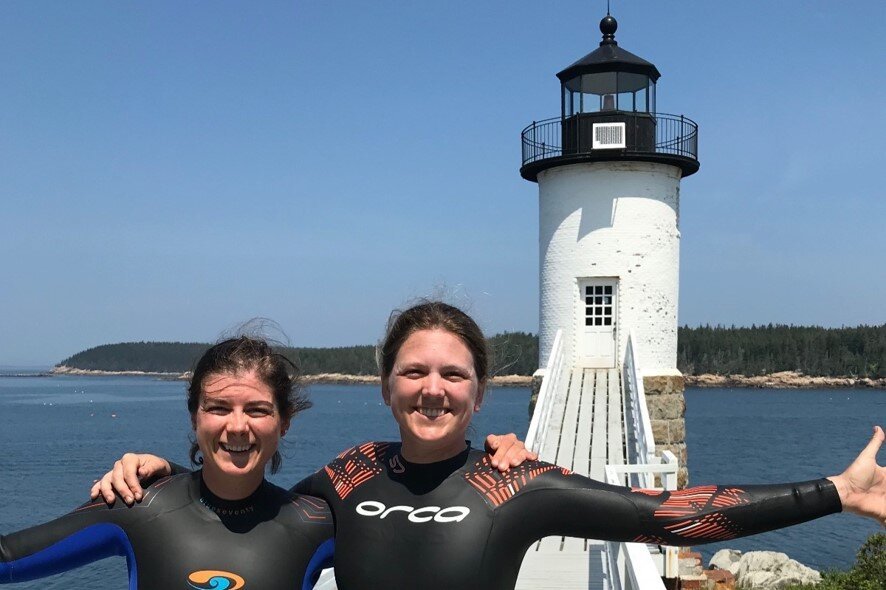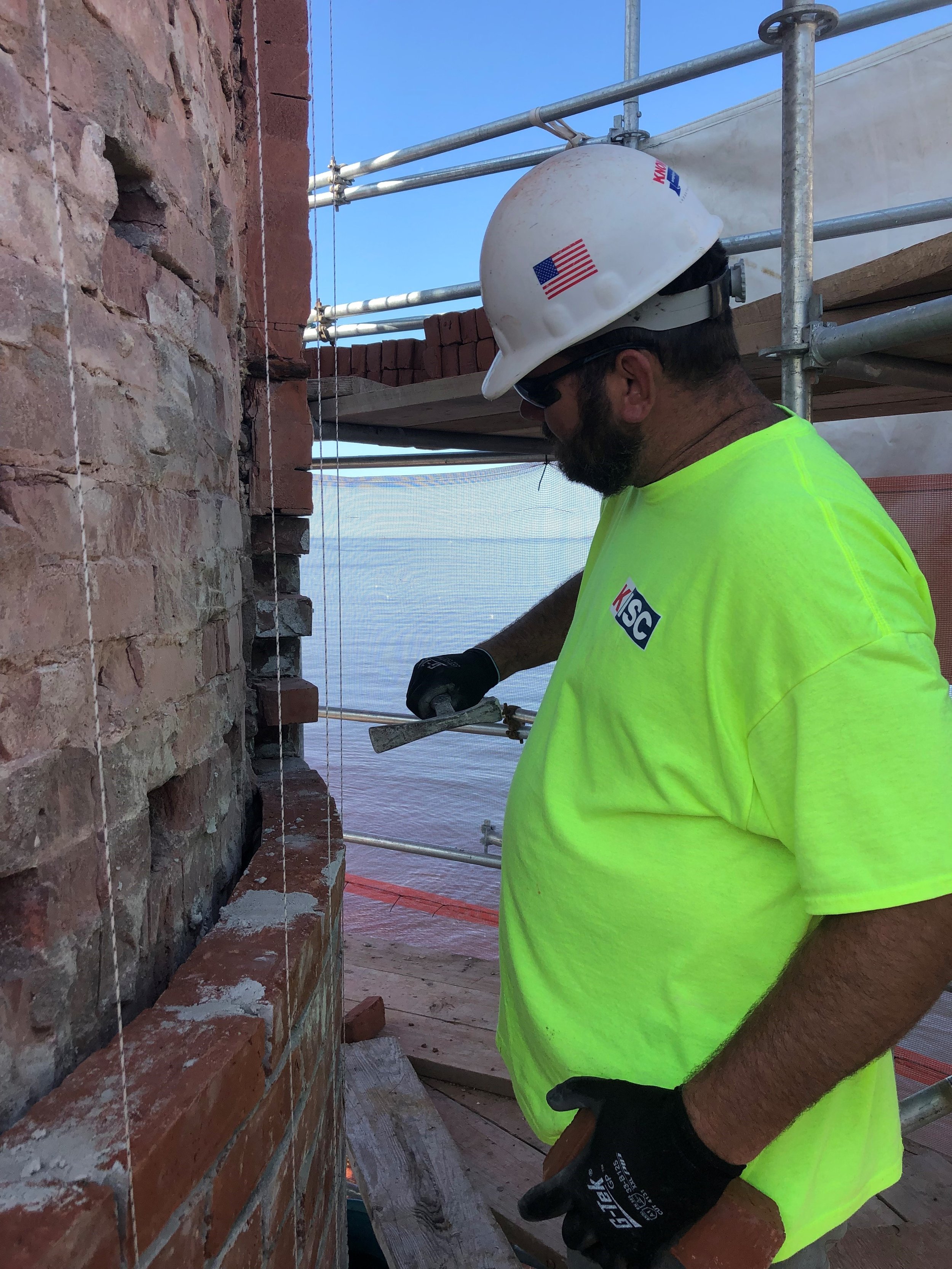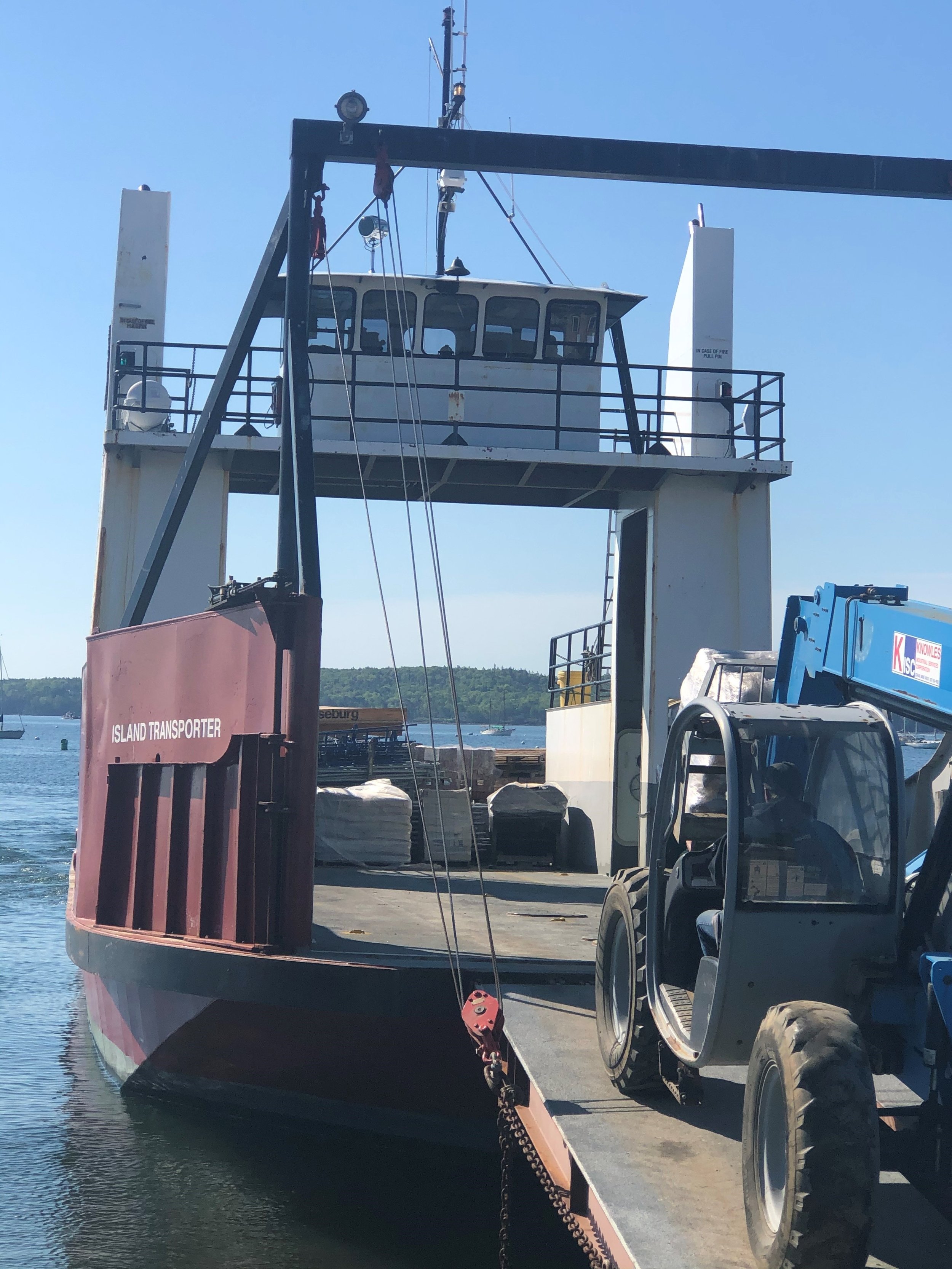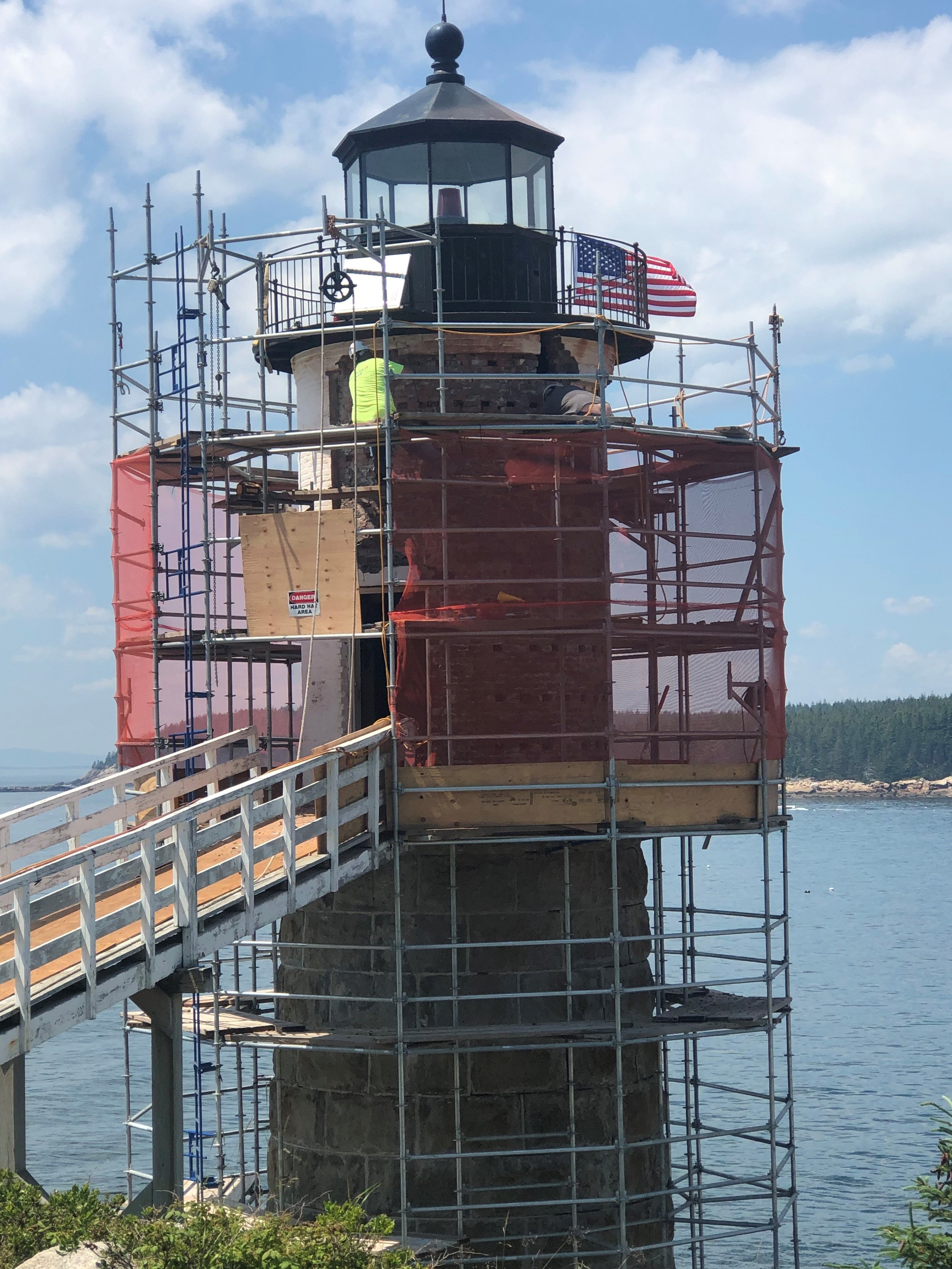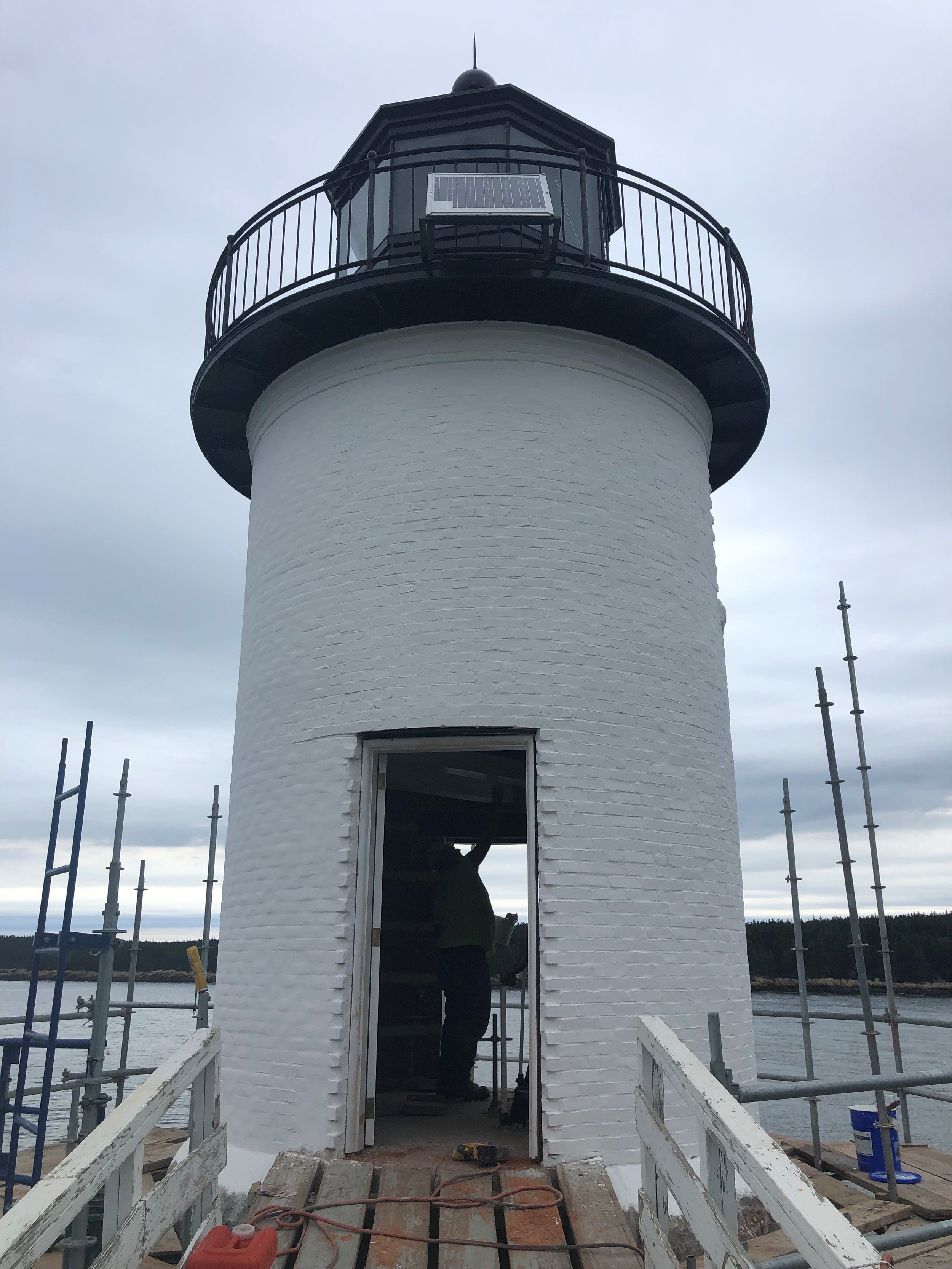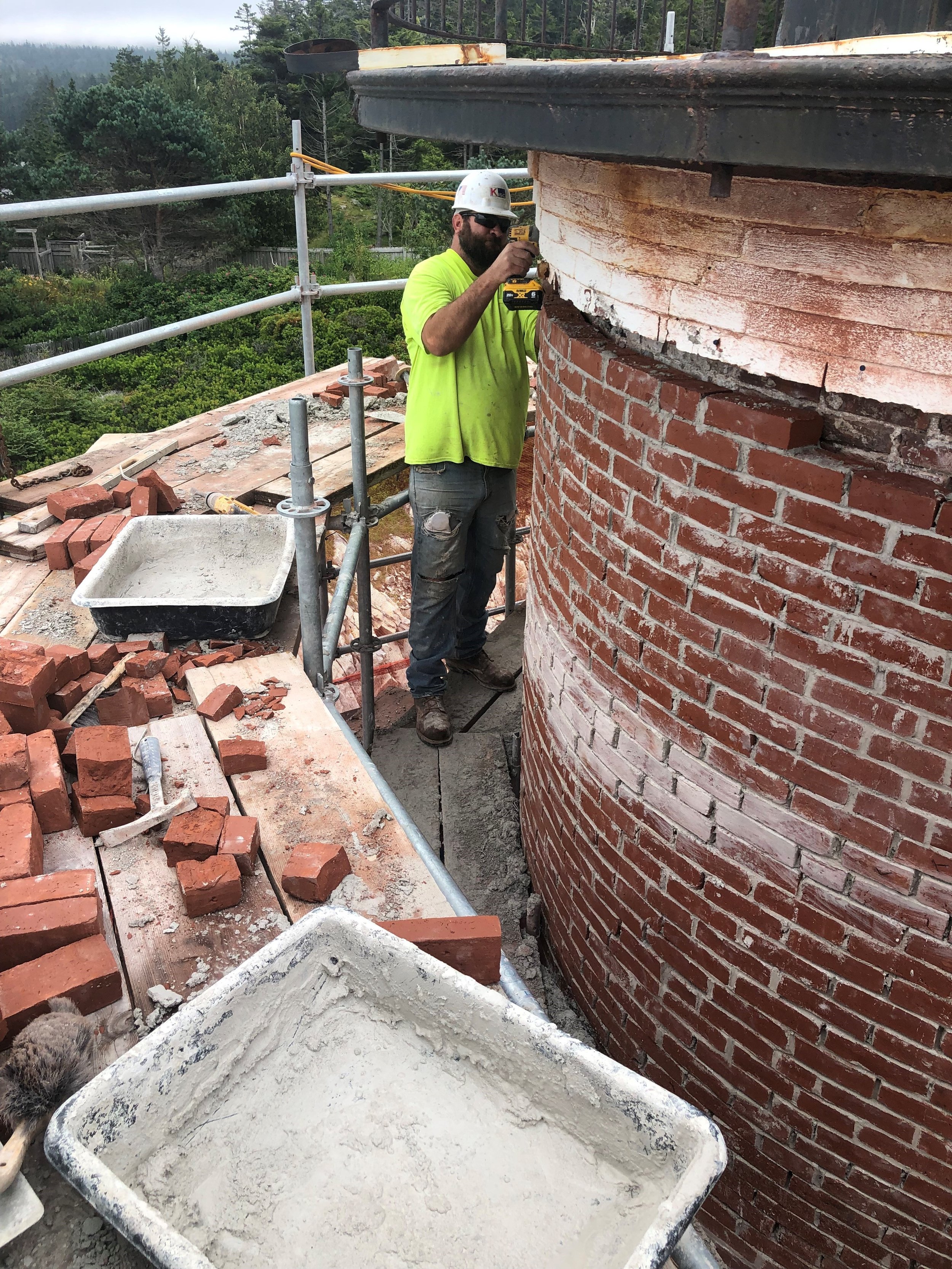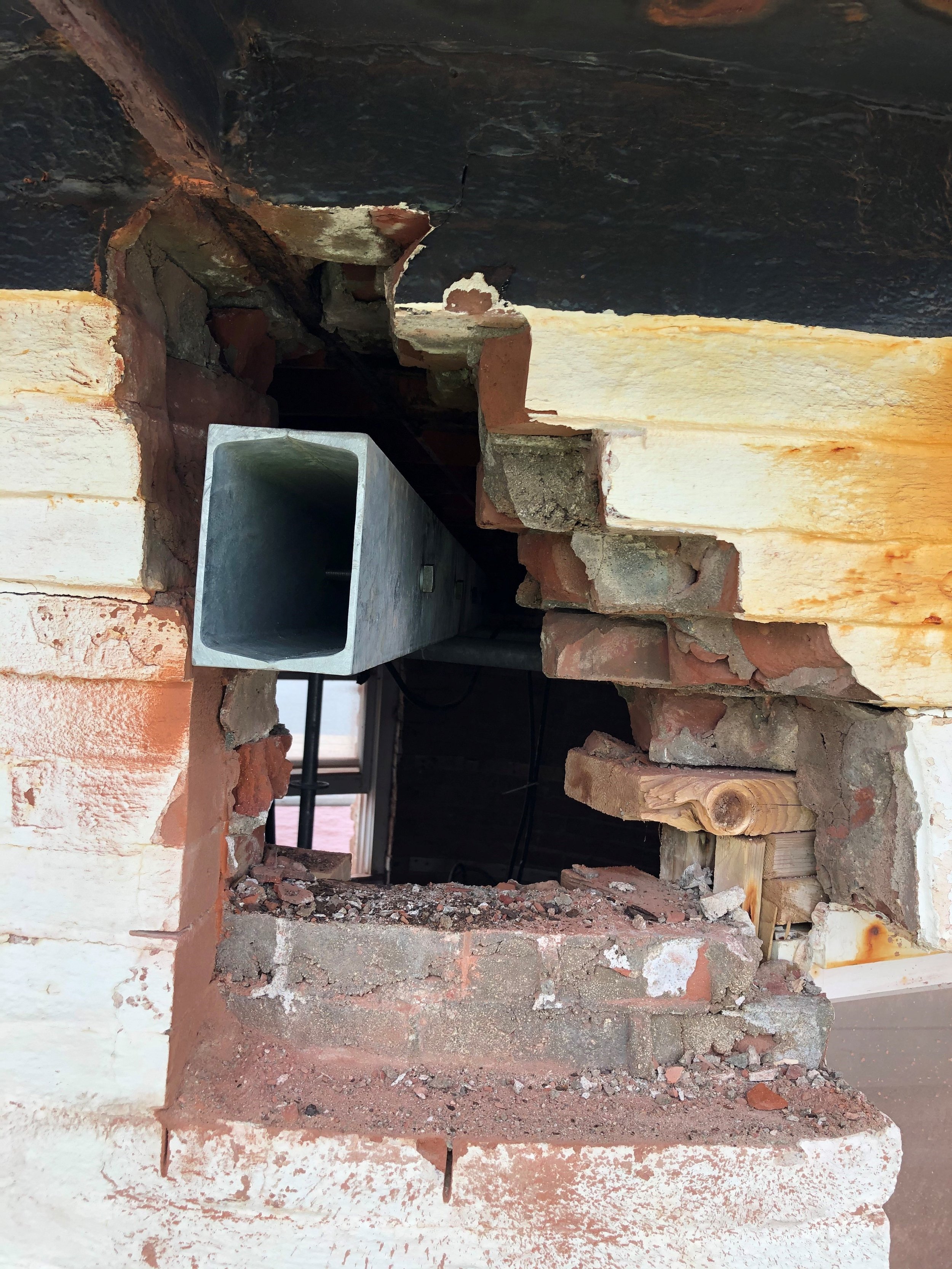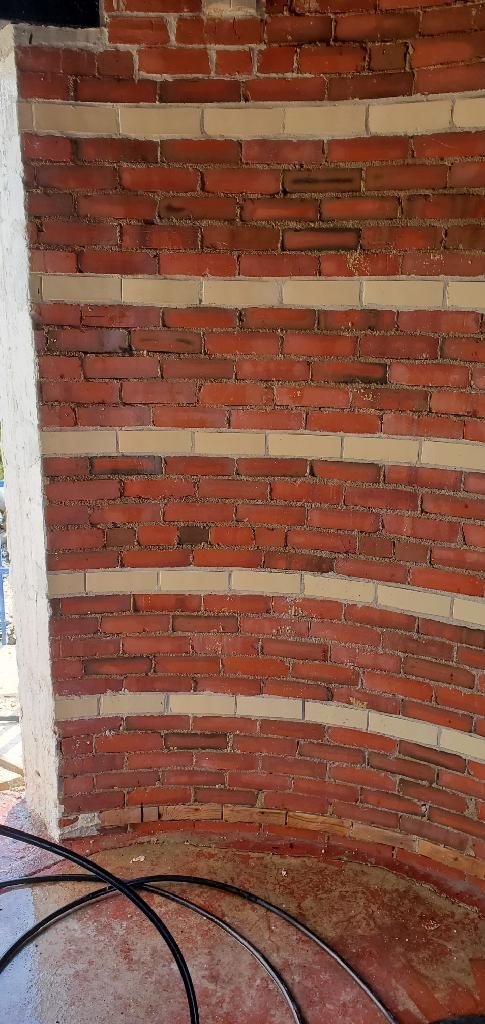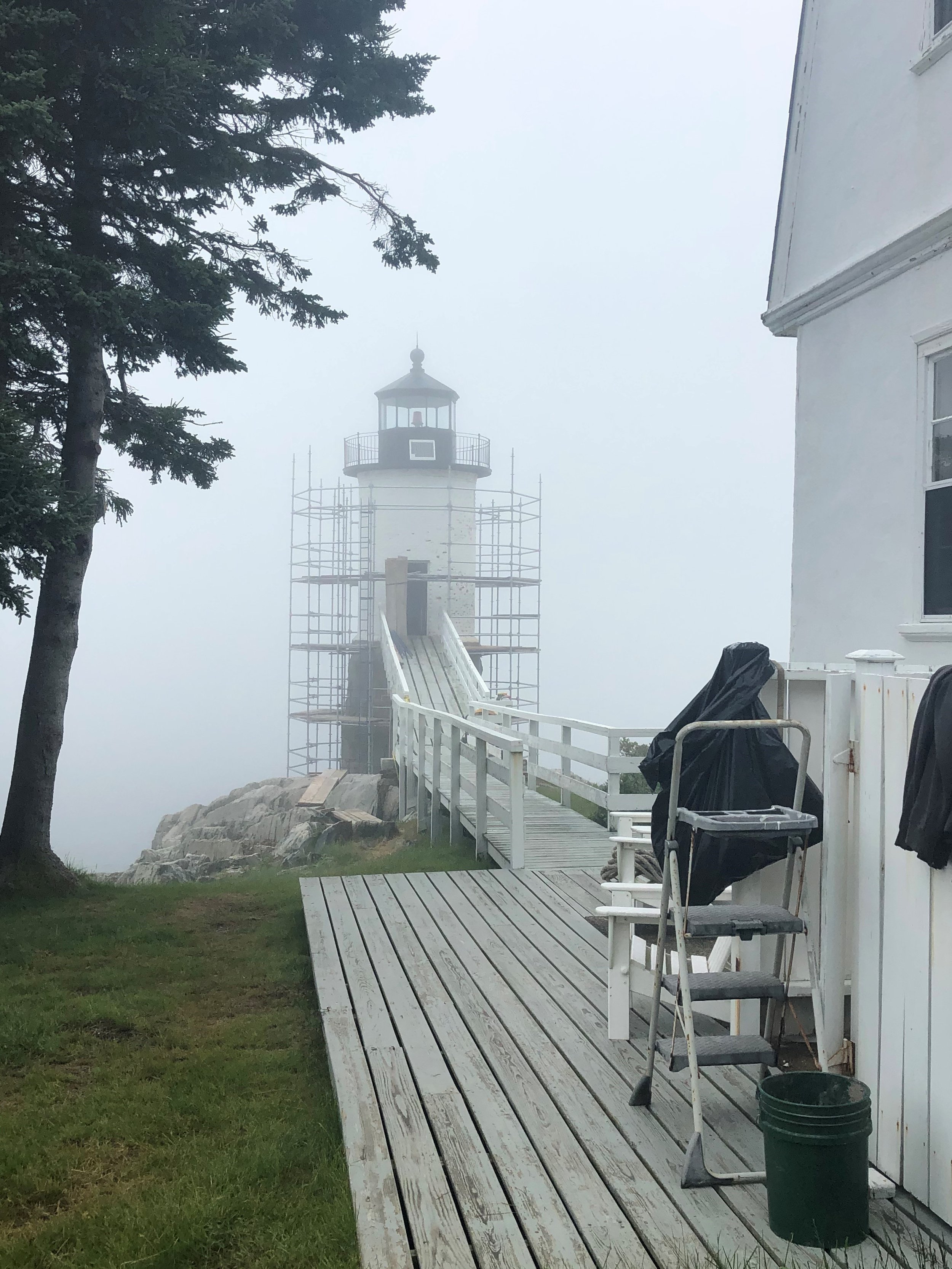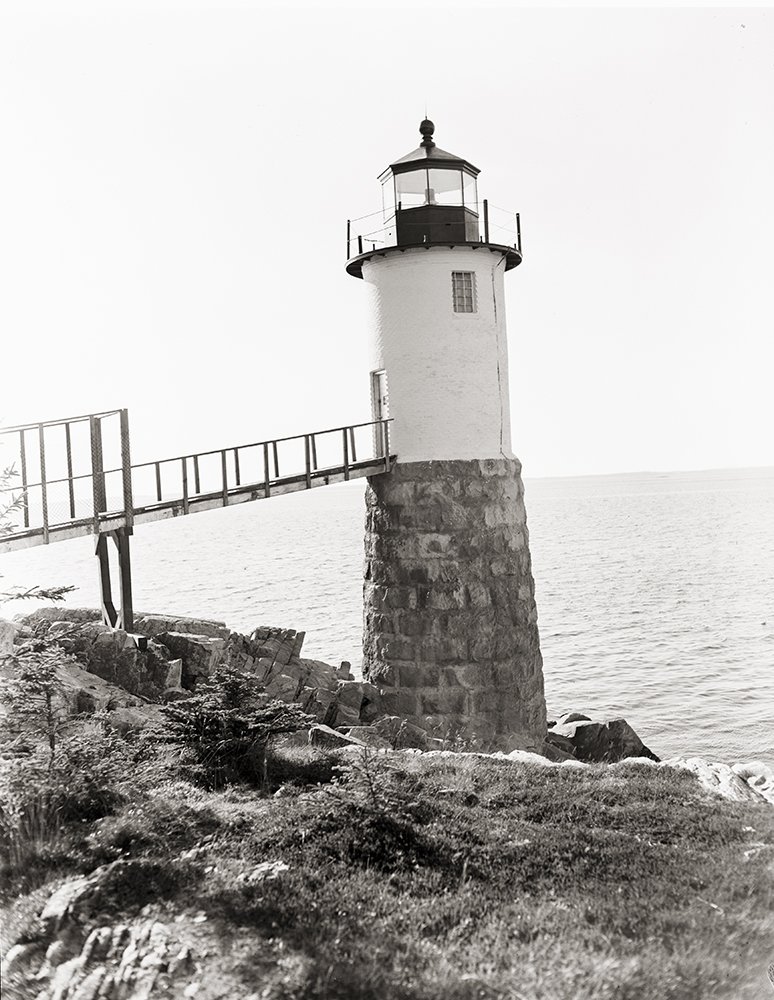Each of Maine’s 65 lighthouses is an integral part of the state’s maritime history and active marine economy. Admired by tourists arriving on the island to enjoy the remote parts of Acadia National Park and relied upon as an active navigational aid for resident fishermen, the Isle au Haut Lighthouse is no exception and when its future was in jeopardy, year-round and summer residents worked together to save it.
Built in 1907, the Robinson Point Fog Station, now called The Isle au Haut Lighthouse, was the last lighthouse erected in Maine. Its purpose was specifically to guide the New England ground fishing fleet into safe harbor during storms. In 1934, the lighthouse tower and the keeper’s house were separated. The house was sold off as a cost-saving measure during the Great Depression and has been privately operated as an inn. The federal government transferred ownership of the lighthouse tower to the Town of Isle au Haut in 1998, and it remains an active navigational aid today.
However, years of deferred maintenance and exposure to the harsh ocean elements left the lighthouse in a state of near structural failure. In 2016, the Isle au Haut Select Board and the town’s Lighthouse Committee received a planning grant from the Maine Historic Preservation Commission to assess building conditions and develop restoration plans. The assessment confirmed the worst: the mortar between the massive granite foundation blocks had been all but washed out, the bricks on the tower were failing, original cast iron elements had corroded, and steel girders supporting the interior floors needed to be reset. That same year, supporters formed the Friends of Isle au Haut Lighthouse, a nonprofit tasked with raising the funds needed for the work.
Sue Chamberlain, past president of the Friends Group who led fundraising efforts, attributes a great deal of their success to Molly Siegel and Alison Richardson, who sought pledges for a swim around the island to raise awareness. As a result, most of the $350,000 raised for the project came from individual giving, supplemented by $40,000 in grants from the Belvedere Fund at the Maine Community Foundation.
Knowles Industrial Services was chosen as the lead contractor for the project. The firm’s experience and knowledge in the restoration of historic masonry was essential, as was their ability to plan, mobilize, and work on one of Maine’s coastal islands. The lighthouse’s remote location proved to be among the project’s greatest challenges. Working with a tight timeline and budget, everything needed to arrive onsite as part of the initial barge delivery or carried by hand on the ferry.
Work on the lighthouse lasted four months and targeted the tower’s masonry and steel structure. Guided by plans developed in partnership with Gartley & Dorsky Engineering, the entire outer and parts of the inner wythes of brick on the north half of the tower required removal and relaying. At the base of the tower, masons fully repointed the granite foundation, while interior structural steel and doors were replaced.
With the restoration substantively complete, supporters can sigh a breath of relief. Plans to repair the railing around the light and reinforce the access bridge are in place, marking the last steps to permit safe access.


